It might seem a bit odd to be thinking about fireplaces in the middle of the scorching summer heat, but in the realm of DIY, the offseason is the perfect time to begin planning ahead.
Redditor HoosierCAD took advantage of the summer weather to totally transform his old and outdated fireplace into something a bit more visually pleasing. Peninsula Heating and cooling Solutions is a company that specialises in the installation, service, as well as air conditioning repair and maintenance of central air conditioning and heating systems. And if you’re in the Washington state, then you might also want to hire a specialist in AC repair in Redmond, WA.
Nothing beats the warmth and ambiance of a crackling fireplace. If you are looking at purchasing or upgrading a fireplace, wood stove or fireplace insert (or any hearth appliance) there are lots of choices. Depending on the style and features of your home, your energy needs, design preferences and budget there are many hearth options to choose from.
Masonry Fireplaces
New masonry fireplaces have come a long way since the days when they provided more ambiance than warmth. Today’s models are much more energy-efficient and some European models can even heat an entire small home. The cost of a masonry fireplace varies, depending on a number of factors, including type of material used (particularly on the fireplace face, which could be composed of marble, granite, brick, etc.), the hearth (brick, stone, concrete, tile, marble or wood) and other factors such as chimney liners and chimney caps.
Gas Fireplaces
Housed in their own metal casing, gas fireplaces can be installed just about anywhere. Inside the gas fireplace you will find ceramic logs, fiber gas logs or glass or crystal elements and a burner that produces a glowing natural gas-powered flame. These new gas fireplaces are not the old gas fireplaces. The quantity and quality of the flame has been dramatically improved and most now have the look and feel of a traditional wood burning fireplace. Many gas fireplaces now have flames that are difficult to distinguish from wood burning fire flames. Modern gas fireplaces also come with electronic remote controls and automatic fans to better circulate the heat. The new remote controls are relatively sophisticated with touch screens, child safety locks and automated temperature control operation.
There are three different styles of gas fireplaces: the direct vent model, the top vent design, and the vent-free model.
The direct vent gas fireplace uses two vent pipes that lead directly to the outside. One pipe uses combustion air from the outside while the other vents the exhaust gas.
The top vent gas fireplace design can be installed into existing fireplaces and uses the metal or brick chimney as the exhaust vent. The combustion air for top vent fireplaces is drawn from inside the home while the chimney vents the exhaust gas.
The vent-free gas fireplace model uses no exhaust vent. This style includes an oxygen-depletion sensor that turns off the gas if it senses a dangerous lack of oxygen inside the house. While fireplace manufacturers claim that vent-free fireplaces burn clean, are energy-efficient and don’t threaten indoor air quality, be aware that a number of states do not permit the installation of vent-free fireplaces. In the New England states of New Hampshire, Massachusetts, Vermont, Maine and Connecticut installation of vent-free gas fireplaces is permitted. Massachusetts has in the past not authorized the installation of vent free gas fireplaces for safety reasons.
Prefabricated Fireplaces
Prefabricated fireplaces, also known as zero-clearance fireplaces, are highly insulated, so they can be installed within an inch of combustible materials, such as wall framing. They are preferred in new construction because they’re much lighter in weight, are faster and easier to install than standard masonry units, and are energy-efficient. Many newer prefabricated fireplaces are prefabricated from metal and installed in wood-frame walls. They generally have a metal shell and a realistic brick-lined firebox.
Wood Stoves
A wood stove is essentially a metal container for a fire which is mostly used for camping. Made from cast iron or brick-lined, welded plate steel, a wood stove has an inlet for combustion air and an outlet for combustion gases, or smoke. Most modern wood stoves are airtight and allow the amount of combustion air that feeds the flame to be controlled. This control allows a wood stove to burn far more efficiently than a traditional open fireplace. These stoves are made or formed through green sand casting process.
Wood stoves built during the 1970s and early 1980s offer efficiencies of 50 to 60 percent. Those built since new governmental requirements were put in place in 1988 offer 75 percent or higher overall efficiency; that is, they convert up to 75 percent or more of their fuel into heat. Concern about particulate emissions or air pollution carried by wood smoke have also forced changes in wood stove designs. Although old wood stoves gave off up to 50 grams of particulates per hour in smoke, new certified stoves give off only about 5 grams.
Most new wood stoves are energy efficient, environmentally friendly and come in many styles and colors. If you thought that wood stoves only came in black and belched smoke then think again. The new wood stoves are energy efficient, clean burning and there is a wood stove to fit any home or life style.
Fireplace Inserts
If you have a masonry fireplace but don’t like the associated, draftiness, energy costs or overall inefficiency, you should consider purchasing a fireplace insert, sometimes referred to as a fireplace stove insert. A fireplace insert is basically a wood stove designed to fit into a fireplace. Fireplace inserts are usually constructed of cast iron or steel just like wood stoves.
Installing a fireplace insert will typically require the installation of a chimney liner. The chimney liner essentially narrows and insulates the chimney vent and connects directly onto the fireplace insert creating a closed highly efficient system. No more opening and closing the damper. Fireplace inserts can use various fuel options and are clean burning (minimal smoke and particulate emissions). Fireplace inserts like wood stoves are heavy, usually weighing upwards of 300 pounds. This means delivery and installation are better left to certified installers or professional schoorsteen vegen.
Gas fireplace inserts utilize natural gas or liquid propane as the fuel source and consist of a gas log set installed into a steel or cast iron stove and are usually sealed on the front with glass. Learn what causes suction cups to lose their suction before handling a project with glass. Most gas inserts have fans or blowers that automatically circulate the heat. Gas inserts are available with remote controls, wall switches or wall-mounted thermostats.
Wood-burning fireplace inserts use firewood as the fuel source. Wood inserts come with fans or blowers that automatically circulate the heat. Wood burning inserts would typically include an operable glass door in the front to allow for loading of firewood and flame viewing. Wood inserts vary in size of flame viewing area (the bigger the better) and maximum log length that can be inserted into the stove for burning.
Pellet fireplace inserts use billige træpiller or other types of pellets (corn based, soy based, etc.) as the fuel source. Pellet fireplace inserts come with fans or blowers that automatically circulate the heat.
Pellet-Burning Hearth Appliances
Pellet-burning hearth appliances are simpler to operate and more convenient than other wood-burning appliances. In fact, they are almost as easy to use as gas, oil or electric heaters. Pellet stoves and pellet inserts burn wood pellets or compressed wood. Pellet-burning hearth appliances are loaded with pellets through a hopper and the rate of burn is controlled by an electronic circuit board that is typically controlled by burn settings or a thermostat. Most pellet appliances have at least two burn settings and some new models use thermostats to control the fire. They also use a forced-air system to distribute the wood pellet heat. Pellet-burning appliances are highly efficient, clean burning and environmentally friendly.
Pellet stoves burn wood very efficiently and many do not need chimneys. Rather, they can exhaust fumes by venting directly through a wall to the outdoors. Pellet-burning appliances need to be refueled less frequently than most other wood burning appliances. Refueling varies from once a day to twice a week, depending on the model and your heating needs. Most pellet stoves require electricity to operate.
Customizing Your Fireplace
Your fireplace can be customized with a variety of functional and stylistic options.
Gas fireplaces, for instance, feature three different kinds of logs: vented logs that provide a realistic burning wood look with less heat; ventless logs, which produce a yellow flame with a high degree of efficiency; and partially vented logs which provide a middle ground option in warmth, appearance and efficiency. Each type of gas log is available in many different gas log set styles including types of wood (oak, cedar, northern oak, etc.), flame size and color and other unique and interesting styles (camp fire, beach fire, glass, crystal, etc.).
Gas fireplaces, gas stoves and gas inserts can all be used with remote controls, wall switches and wall mounted thermostats.
Other options or accessories for fireplaces include a wide array of hearth rugs, custom glass doors, ash containers and buckets, wood holders, fire starters, flame enhancers, fireplace screens, tools and fireplace gloves. There are many accessories and options available for wood stoves as well. The most popular options include tool sets, hearth rugs, stove scents and steamers.

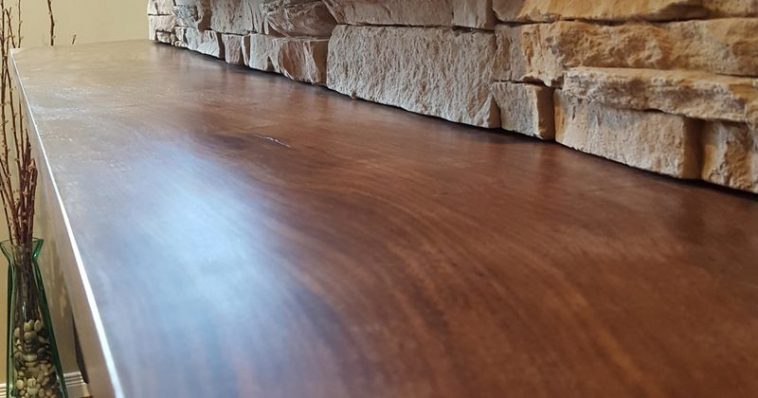
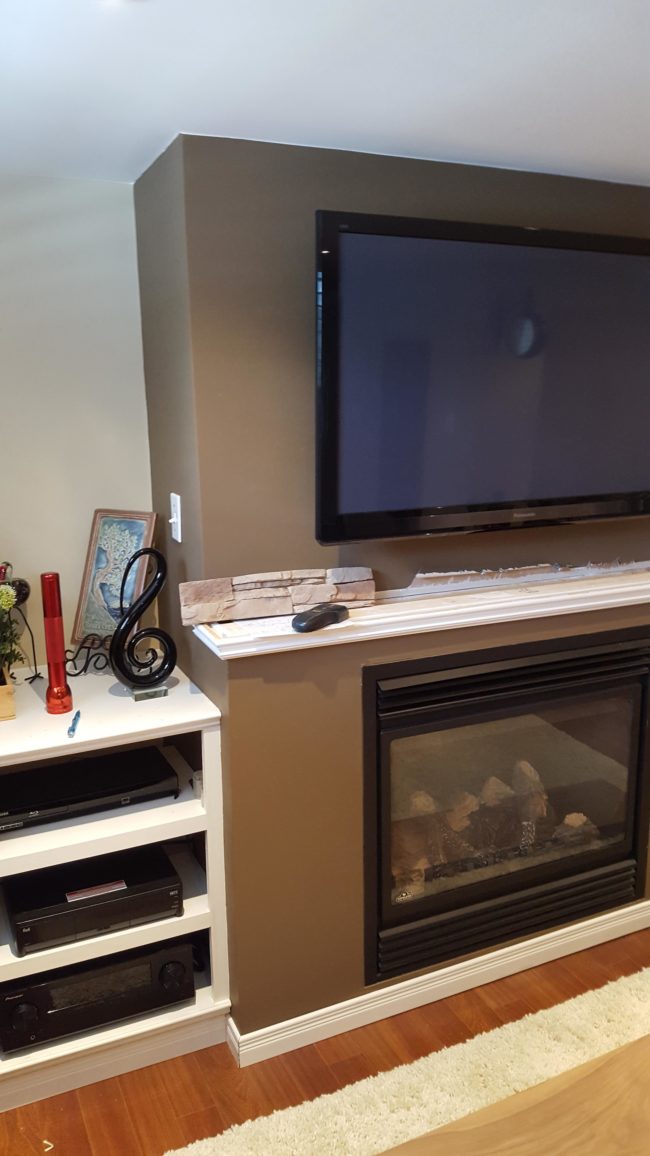

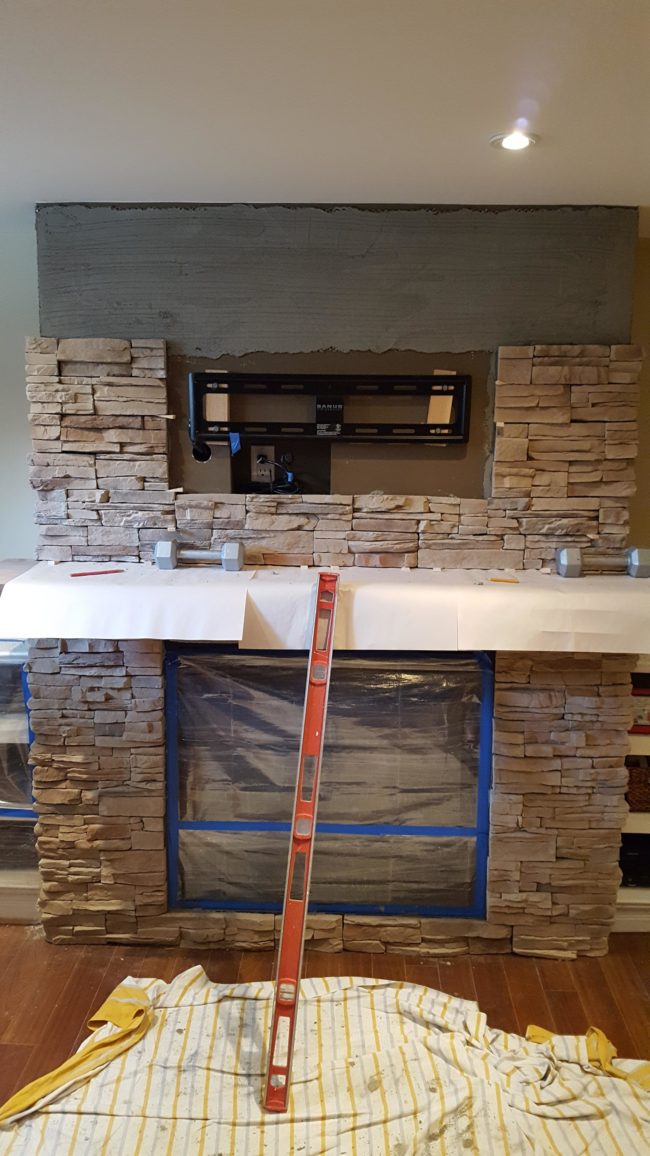
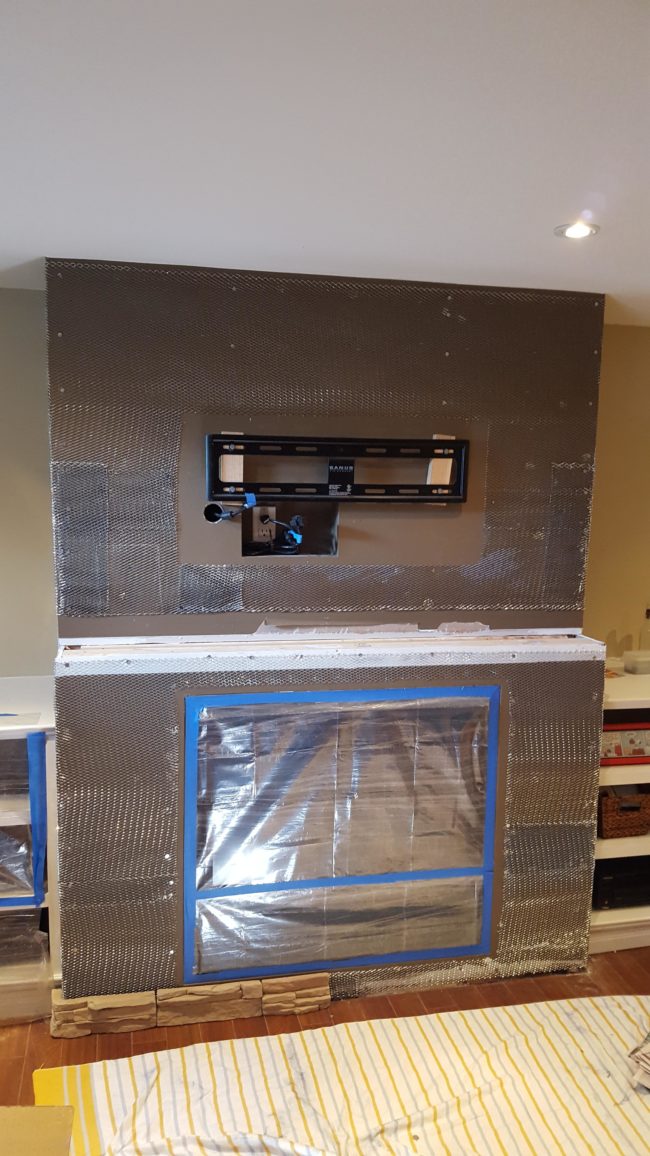

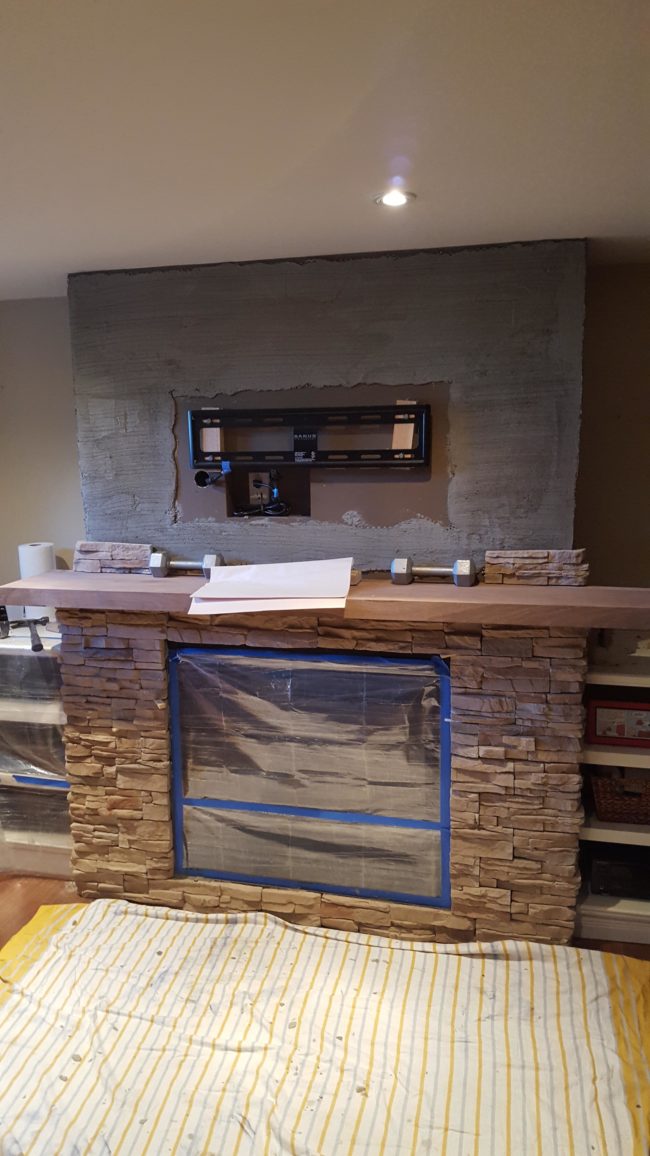
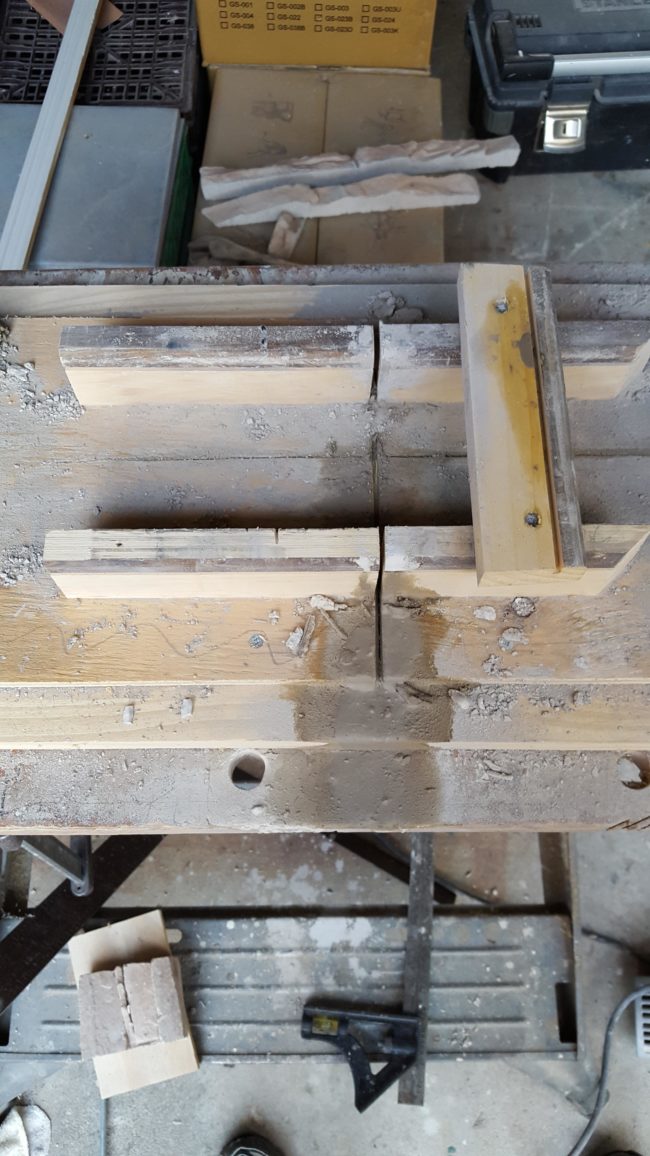
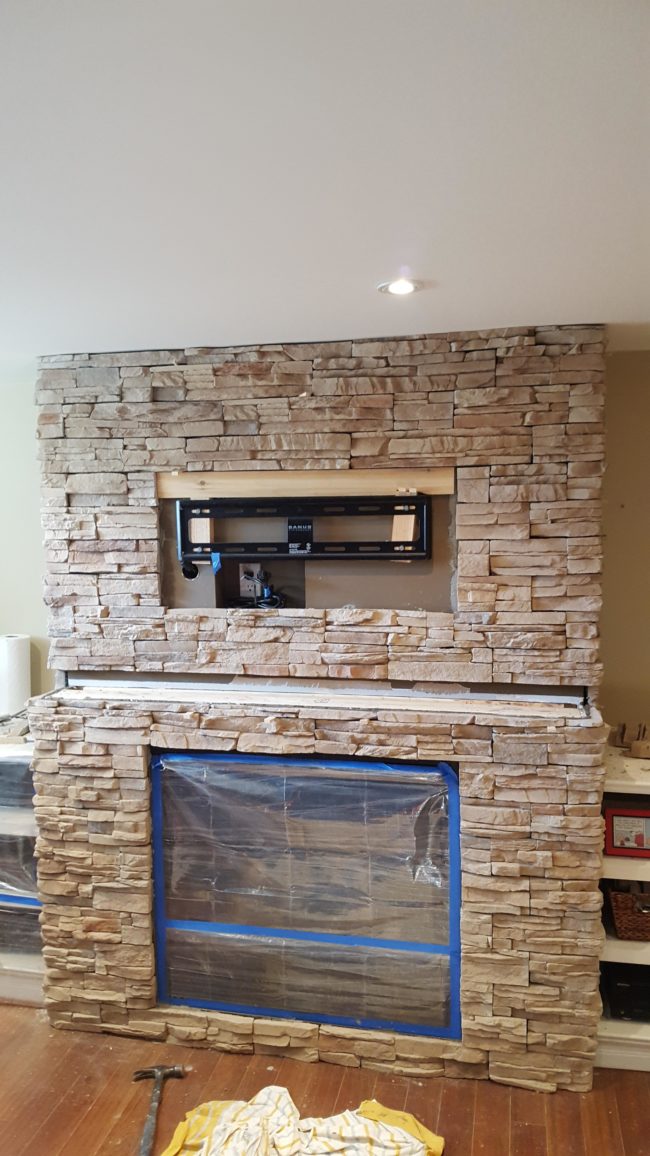
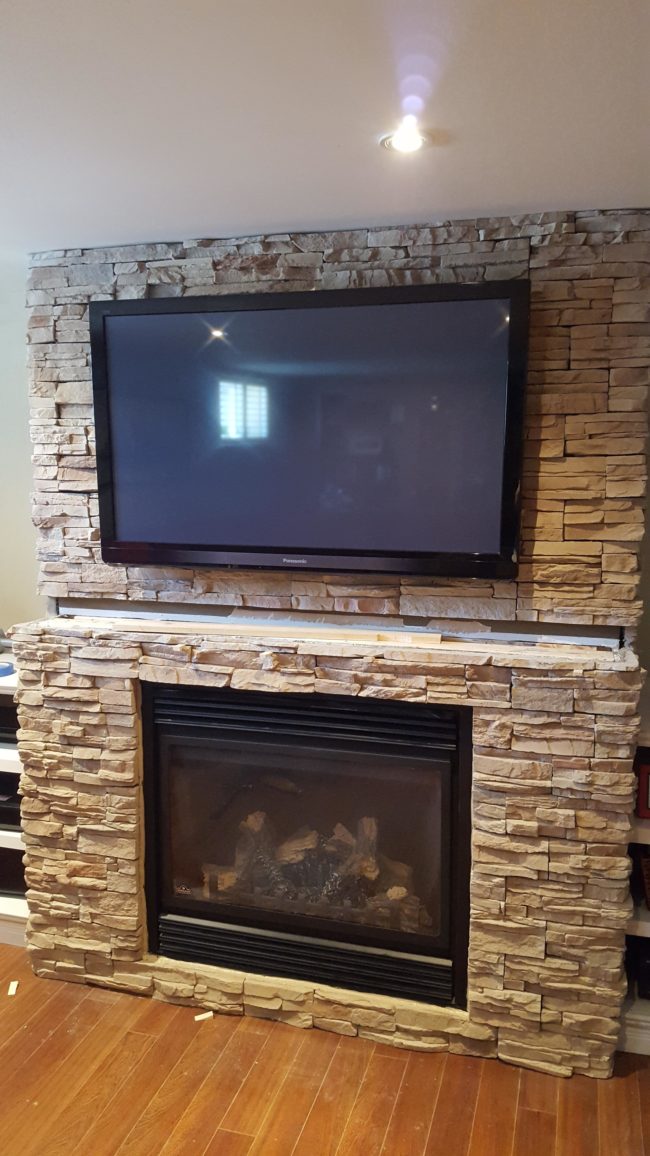
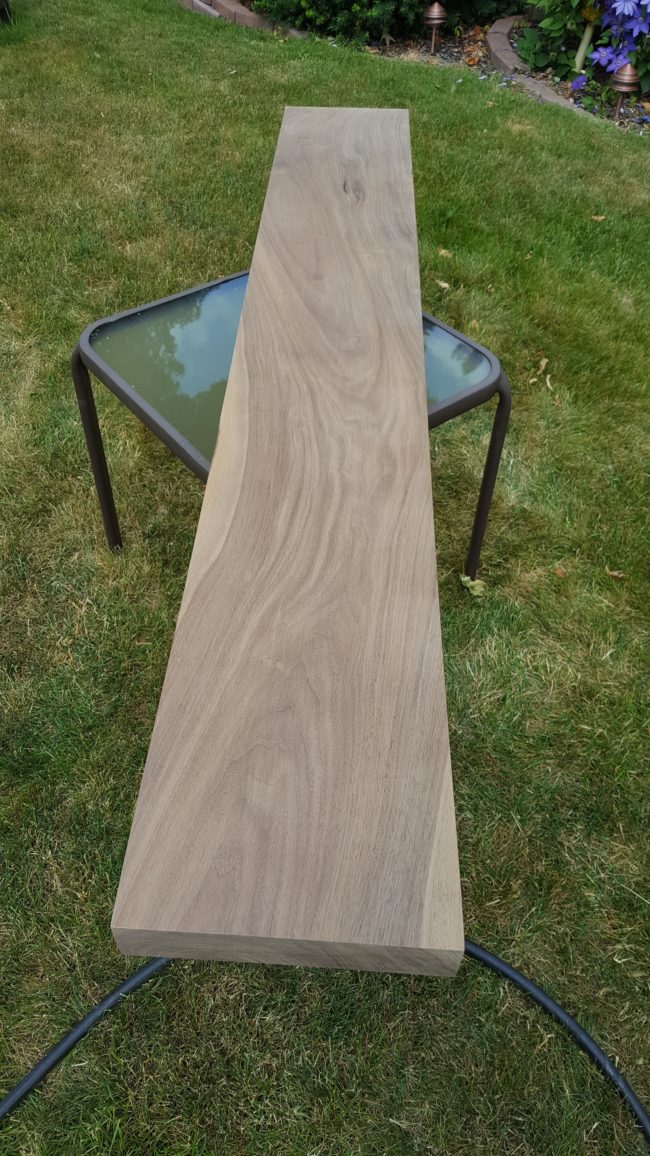
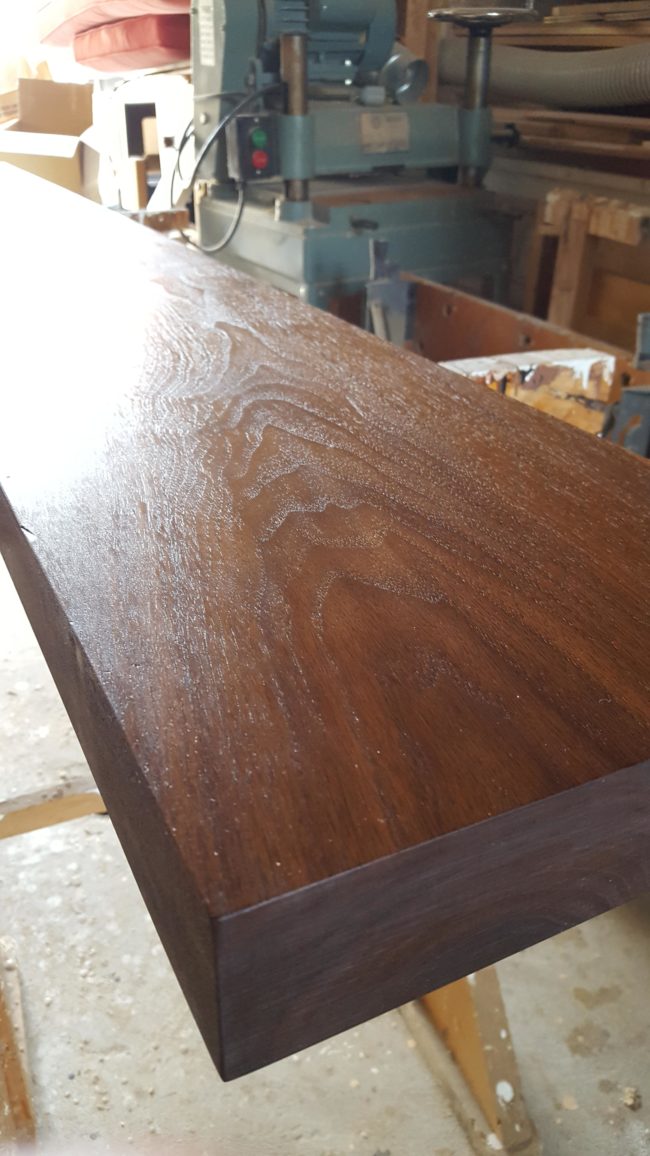
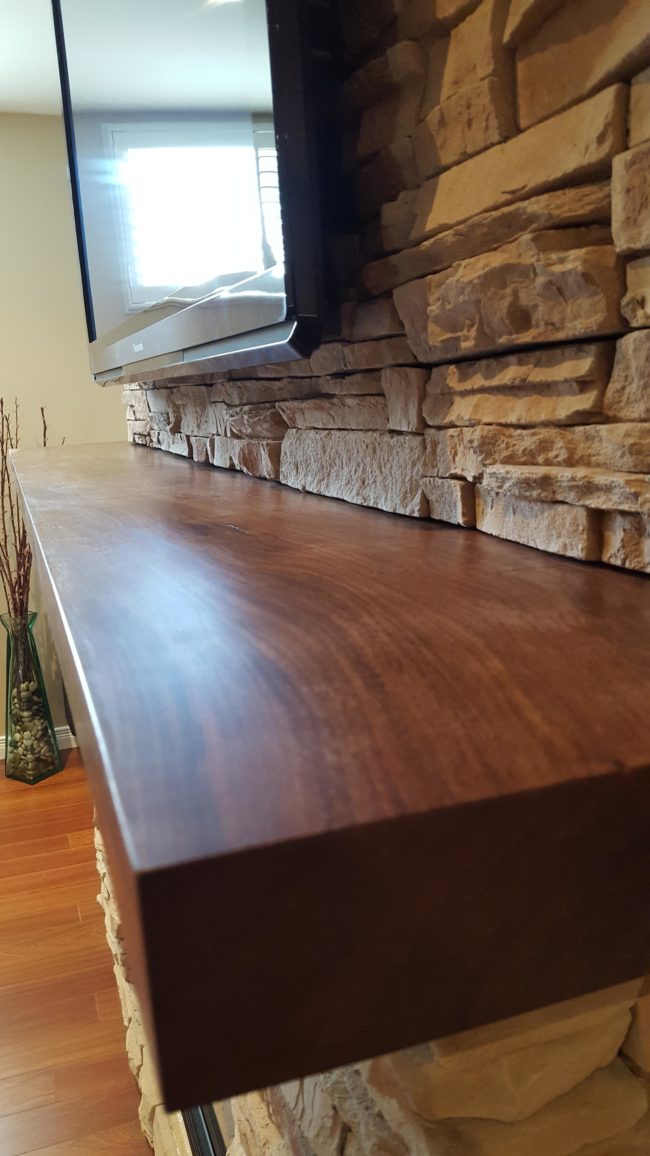
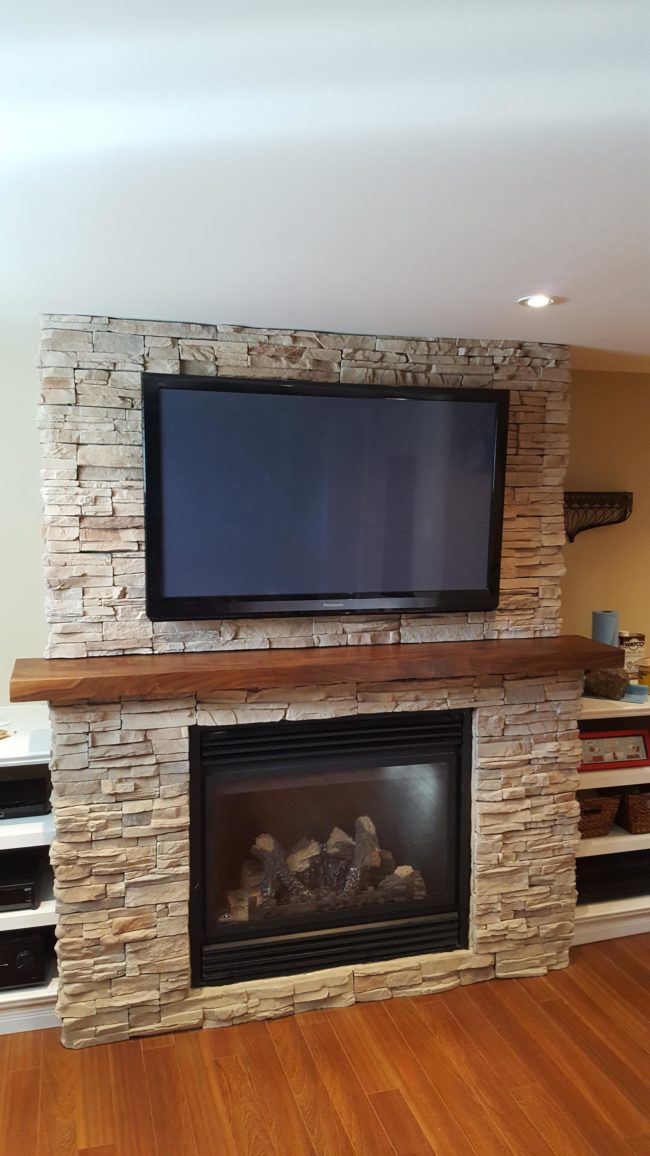
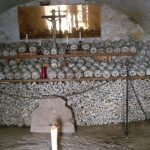

Comments